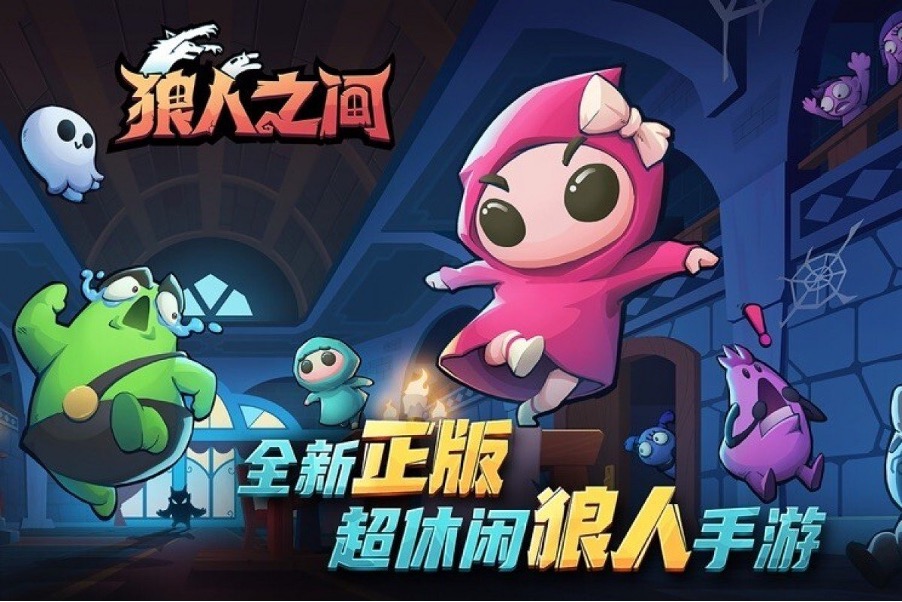
Abstract
China is one of the fastest growing games markets, housing not only some of the world’s largest video and computer games companies, but also millions of active gamers. From a Western perspective, engagement with China is considered essential to future growth for game developers and publishers, both in terms of inward investment from Chinese publishers and in growing sales with what will become one of the most important markets. However, Western perceptions of copyright, IP, and, copying of games in China can problematise game creators’ and consumers’ views of China. In this paper, we develop a framework for understanding the act of game copying in the West and in China that combines the Chinese concept of shanzhai with developing understandings of the concept “transmedia” and fan-created works. The aim of this framework is to introduce cultural and contextual awareness to our collective understanding of why game copies exist in the West and in China, and how they intersect with existing copyright and IP concerns. Through a case study of the 2018 game Among Us, we demonstrate that the reality of Western and Chinese game ‘copies’ is far more nuanced than is often depicted in Western media.
Image: Promotional image from the game Werewolf Among Us (Shenzhen Youliang Technology, 2020)
- games,
- remakes,
- shanzhai,
- copies,
- transmedia,
- intellectual property,
- chinese games,
- among us,
- werewolf,
- mafia
